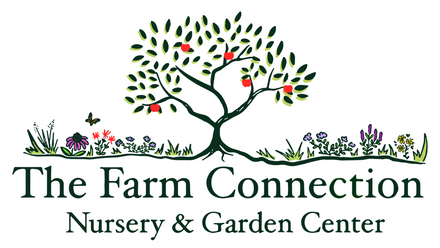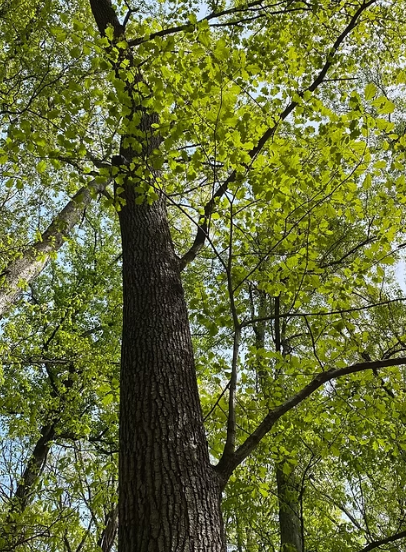Oak, Bur, Bare Root
Drought-Hardy Oak with Huge Wildlife Acorns
Oak, Bur, Bare Root - Bare Root / 6-18" Seedling is backordered and will ship as soon as it is back in stock.
Couldn't load pickup availability
Delivery and Shipping
Delivery and Shipping
Make sure to thoroughly review our entire "Shipping, Returns, Refunds, and Our Guarantee" page for all relevant details about ordering from our store.
Making a purchase from our store constitutes an agreement to all the conditions outlined in those policies.
We appreciate your support and look forward to being your favorite plant provider!
Subscribe to our newsletter
Sign up for exclusive offers.
Bur Oak (Quercus macrocarpa)
Bur Oak is a slow-growing, long-lived native oak with a massive, spreading canopy and extraordinary ecological value. Known for its thick, corky bark and giant fringed acorns, Bur Oak is well adapted to both dry uplands and moist bottomlands. It plays a keystone role in supporting native insects, birds, and mammals, and is ideal for use in silvopasture systems, prairie restorations, and food forest overstory layers. It’s one of the toughest and most wildlife-supporting oaks in North America.
Key Characteristics
-
Exceptional Wildlife Food Source
Bur Oak produces some of the largest acorns of any native oak. The low-tannin, high-fat acorns are a major food source for deer, turkeys, squirrels, ducks, and other wildlife. Acorns are also historically used as livestock forage in silvopasture systems. -
Supports Over 500 Butterfly and Moth Species
Like all native oaks, Bur Oak is a host plant for hundreds of Lepidoptera species, including Polyphemus moth, Imperial moth, and Edwards' hairstreak. These caterpillars are critical food for nesting songbirds and contribute to overall food web resilience. -
Tolerant of Drought, Fire, and Poor Soil
Bur Oak is one of the most adaptable oaks, tolerating dry, rocky soils, prairie fire, clay, alkaline conditions, and occasional flooding. Its thick bark and deep taproot make it a resilient, low-input tree for rewilding and agroforestry systems. -
Massive, Spreading Canopy for Long-Term Impact
With a mature height of 60–80 feet and a wide, open crown, Bur Oak is ideal for use as a shade tree, carbon sink, and windbreak. It serves as a long-term anchor species in food forests, savannas, and silvopasture systems. -
Legacy Tree for Restoration and Agroforestry
Slow to mature but incredibly long-lived, Bur Oak can survive 300 years or more. It plays an essential role in prairie-forest transition zones and is a top species for restoring degraded landscapes and increasing biodiversity.
Product Details
- Native Range: Central and Eastern North America
- Plant Life Cycle: Deciduous tree
- Sun Requirements: Full sun
- Soil Requirements: Medium-dry to medium
- Mature Height: 60–80 feet
- Bloom Time: April–May
- Bloom Color: Yellow-green (catkins)
- USDA Hardiness Zones: 3–8
Bur Oak is a powerhouse species for any regenerative planting—offering unmatched wildlife value, longevity, and adaptability. It's a foundational tree for prairie restoration, silvopasture systems, and resilient food forests.
-
Sun RequirementsFull Sun
-
Soil RequirementsMedium-Dry, Medium
-
Bloom ColorYellow, Green
-
Bloom TimeApril, May
-
USDA Hardiness ZonesZone 3, Zone 4, Zone 5, Zone 6, Zone 7, Zone 8
Payment & Security
Payment methods
Your payment information is processed securely. We do not store credit card details nor have access to your credit card information.




